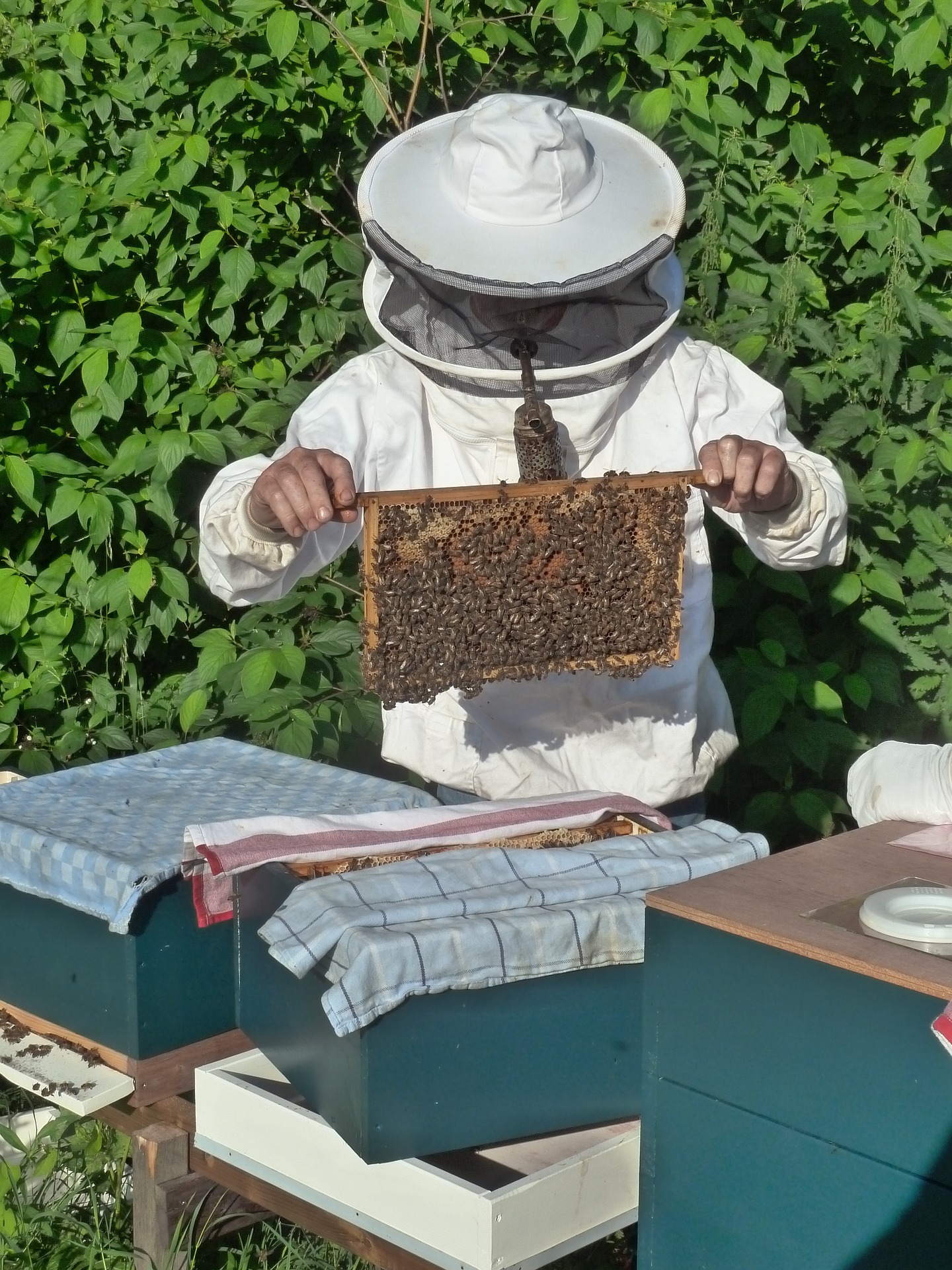
Beekeeping in February can vary greatly depending on the location. In some areas, beekeepers are already preparing for the spring honey flow, while in others, the bees are still huddled together to stay warm.
In warmer climates, such as in the southern United States, February can be a time of increased activity in the hives. Bees are starting to build up their numbers in preparation for the nectar flow, which typically begins in March. Beekeepers will be checking for signs of disease and monitoring the bees‘ food stores to ensure that they have enough to make it through until the nectar flow begins. They may also be adding new supers to the hives to give the bees more space to store honey.
In colder climates, such as in northern Europe, February can still be a time of dormancy for the bees. The hives are wrapped in insulation to help them stay warm, and the bees are clustered together to conserve heat. Beekeepers may check on the hives periodically to make sure that the bees have enough food and to clear away any dead bees that may have accumulated. They may also add sugar cakes or fondant to the hives to supplement the bees’ food stores.
In more temperate regions, such as in central Europe, February can be a time of both activity and dormancy. Bees may be starting to build up their numbers in anticipation of the spring nectar flow, but they may also still be huddled together to stay warm. Beekeepers in these areas will need to monitor the hives closely to make sure that the bees have enough food and to check for signs of disease.
Regardless of the location, beekeepers in February will need to be prepared for changes in weather conditions. Sudden cold snaps or warm spells can be challenging for the bees, and beekeepers may need to take action to help the bees cope. This can include adding insulation, providing supplemental food, or moving the hives to a warmer or cooler location.
Beekeeping in February can be a challenging and rewarding experience. It requires careful attention to the needs of the bees and an understanding of the local weather patterns. But for those who are willing to put in the effort, the rewards can be sweet – both in terms of the honey that the bees produce and in the satisfaction of knowing that they are helping to support a vital part of our ecosystem.

